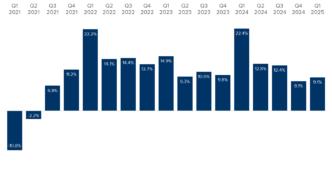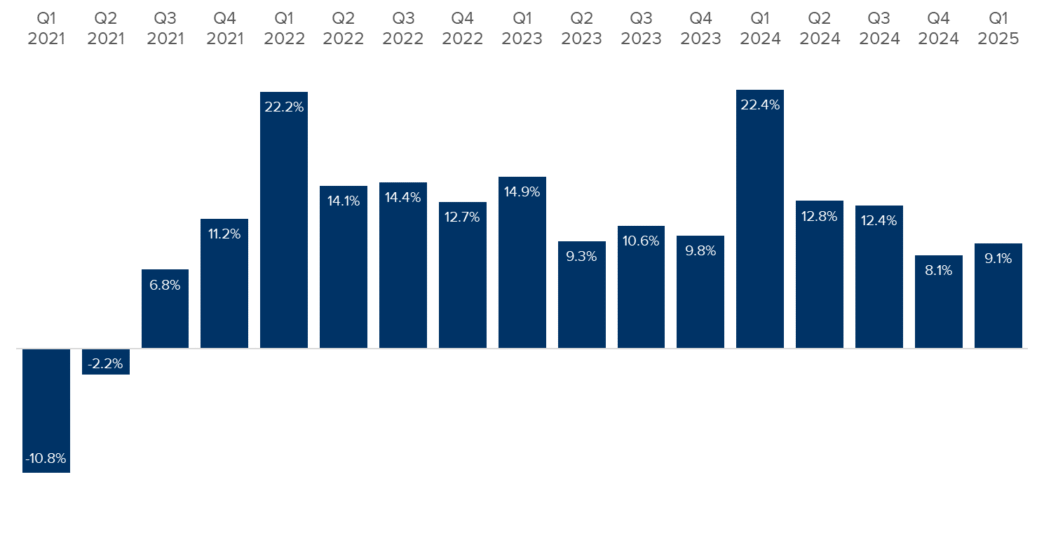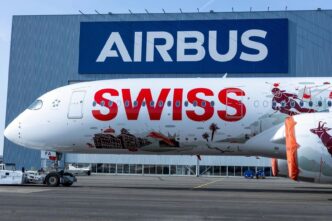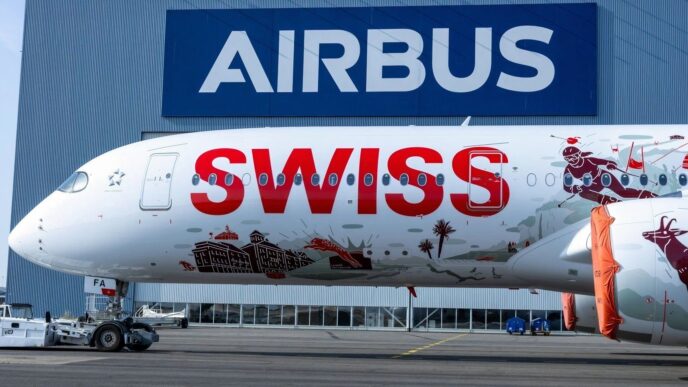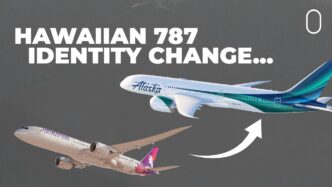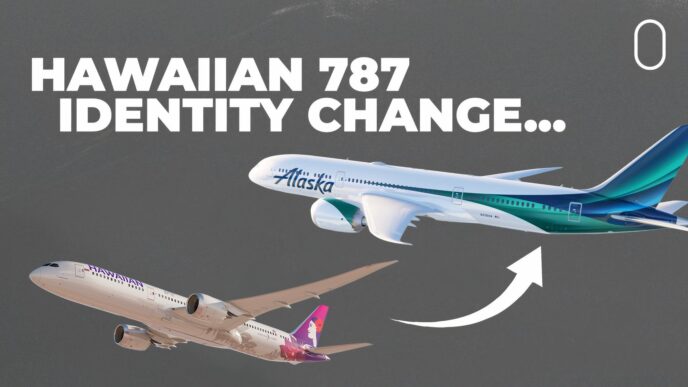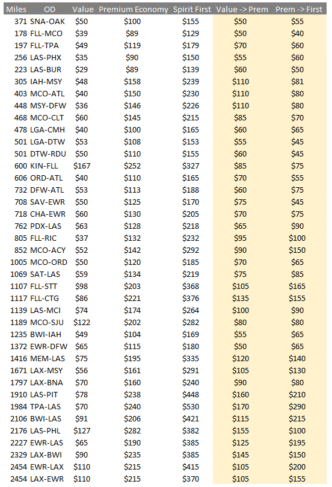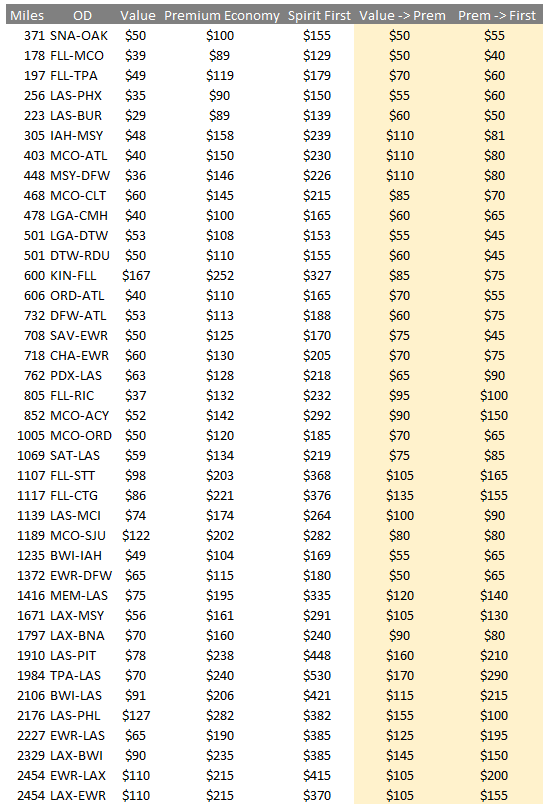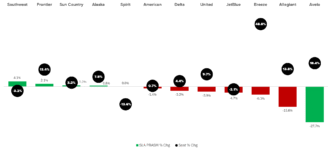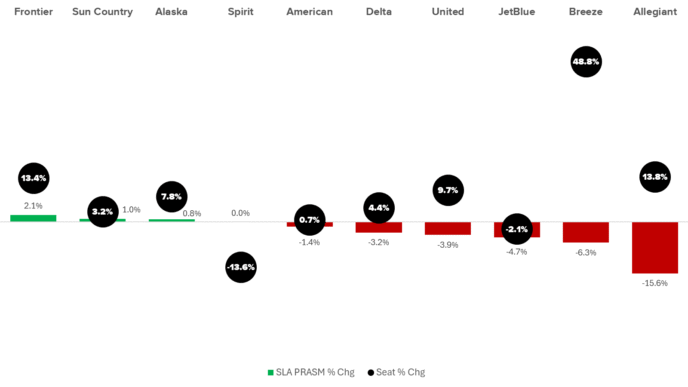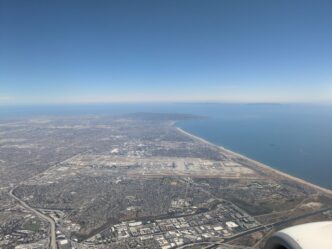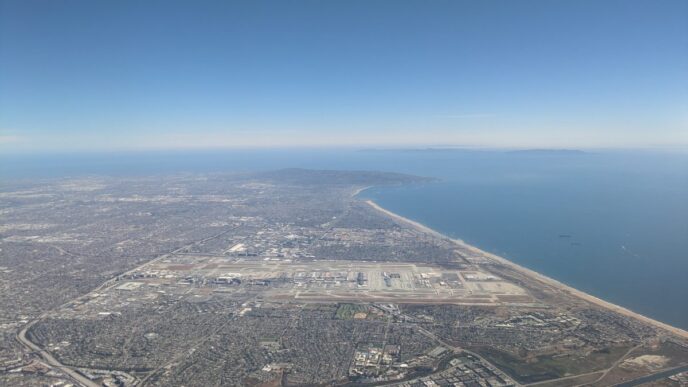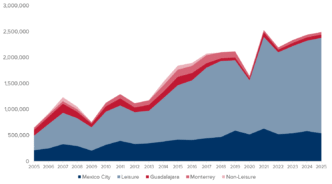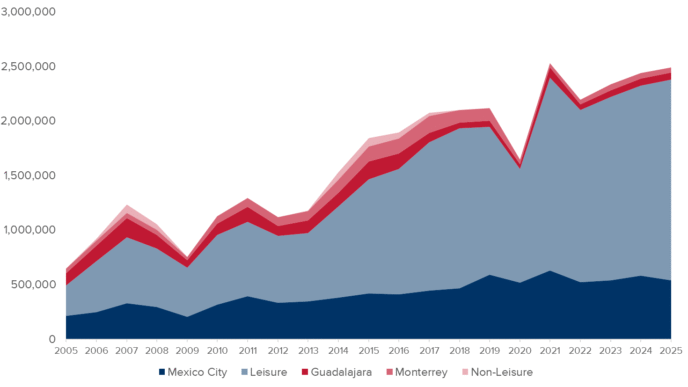Delta recently announced its plans to continue expanding its presence in Austin, solidifying its position as the second-largest airline in the city, right behind Southwest. This move comes after American Airlines’ unsuccessful attempt to do the same post-pandemic. The contrasting strategies of these two airlines in Austin offer a fascinating glimpse into their operational philosophies. Delta’s approach is methodical and strategic, while American’s was more impulsive and chaotic during that period.
Under the leadership of Vasu Raja, American Airlines was known for its bold and sometimes reckless strategies. Raja had ambitious plans, some of which, like the Northeast Alliance with JetBlue, were successful. However, the Austin expansion was a mixed bag. At the time, Austin was a booming market with limited gate availability. American saw a chance to dominate as the leading non-Southwest airline at the airport, given its proximity and existing customer loyalty. The airline moved quickly to capitalize on this opportunity.
American’s rapid expansion in Austin was dramatic, with seat capacity skyrocketing from under 66,000 in December 2020 to over 300,000 by December 2021. This was more than double the pre-pandemic levels, with the number of destinations served jumping from 8 to 37. However, this aggressive growth led to operational challenges. The airline struggled with on-time performance and flight cancellations, partly due to its reliance on regional jets, which were restricted by pilot agreements. This misstep ultimately led to a scale-back starting in January 2024, with the expansion fully dismantled by 2025. With new leadership, American is now focusing on more sustainable growth strategies.
#DeltaExpansion #AustinAirTravel #AirlineStrategies
Originally reported by Cranky Flier Read More
